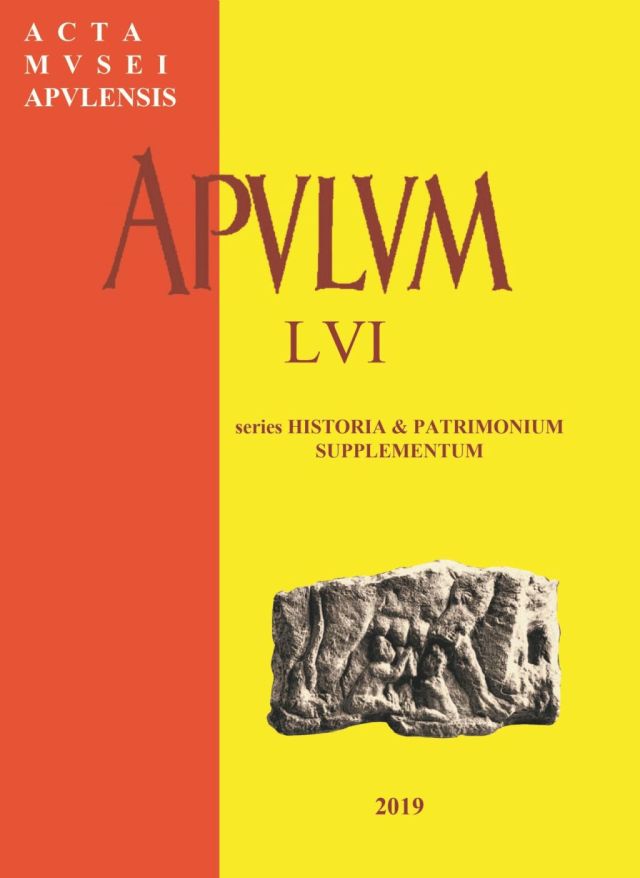Manualul manuscris al lui Csajághy János – Alba Iulia 1695-1697
School Notes of Janos Csajághy – 1695-1697, Alba Iulia
School Notes of Janos Csajághy – 1695-1697, Alba Iulia
Author(s): Annamária KimpiánSubject(s): History, Cultural history
Published by: Muzeul National al Unirii Alba Iulia
Keywords: manuscript; textbook; Alba Iulia; Sárospatak; Janos Csajághy;
Summary/Abstract: The Protestant college established in Sárospatak, in 1531, was prohibited in 1671. Its new home became Alba Iulia, where it was allowed to use the building of the former princely college. In this academic environment was the manuscript created that together with the collection of the Calvinist College of Tg. Mureș was moved to the Teleki-Bolyai Library. The manuscript of Janos Csajághy (around 1673-1712) bears witness to the curriculum of the higher academic classes, which contributed to its students’ broad cultural and practical development. All this was possible thanks to their teacher, the polymath Sámuel Kaposi, who, in his turn, studied at Western European institutions.The manuscript was partly a textbook, partly a collection of information considered important by its author. While the first part of the manuscript illustrates the training of the professor and the curriculum taught within the faculty of philosophy, the second part mirrors the interests of the student who later became a prominent public figure and brigadier in the Kuruc (anti-Hapsburg rebels) army. This second part is really the interesting part, as it seems that the student was able to use the library of his professor and this library of about 2000 volumes provided all the information this future secretary of the gubernator (governor), then fearless soldier of Ferenc Rákóczi II., a brigadier who had a significant role in signing the Satu Mare Peace Treaty, and envoy to the queen, needed. The notes are extremely varied; prominent historic personalities, towns, anatomy, physics, biology, philosophy, astronomy and astrology are a few topics that are covered by the manuscript, but it also contains practical information regarding medicine and pharmacology.The study also follows the multiple owners of the manuscript. It is known that after Csajághy’s death, the manuscript was in the possession of the royal judge of Udvarhelyszék, Zsigmond Korda, the latter held the manuscript until his death as well. It is not yet known how did the manuscript end up in the library of the Calvinist College of Tg. Mureș and, then, following nationalisation, in the Teleki-Bolyai Library, where it can be found today.
Journal: Apulum
- Issue Year: 56/2019
- Issue No: 2
- Page Range: 11-22
- Page Count: 12
- Language: Romanian
- Content File-PDF

